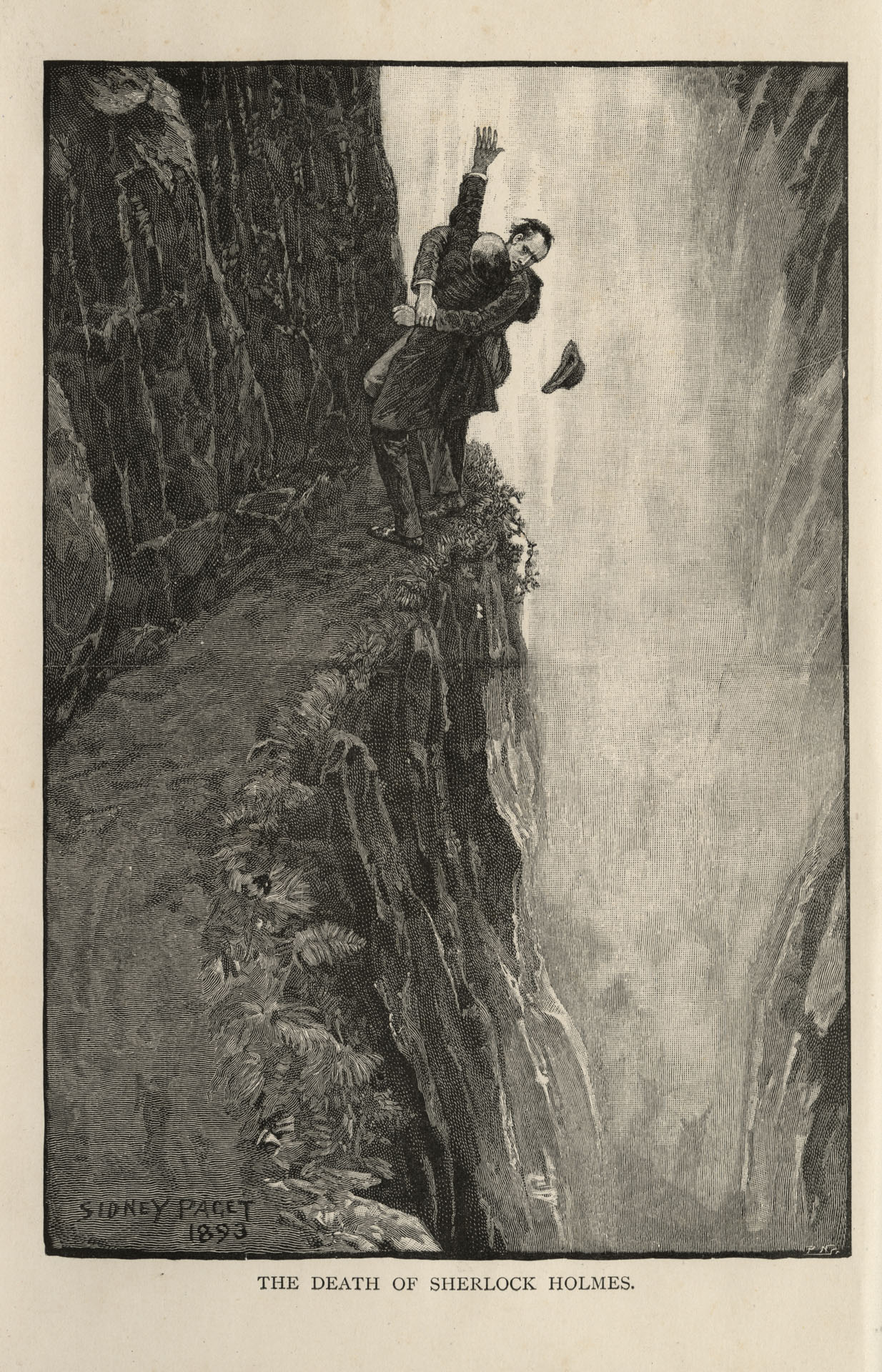“I was thinking faster, harder, there was no fog – and nothing could distract me. I felt like Sherlock Holmes.”
That’s what an 18-year-old high school student reported after taking a 36mg. tablet of Concerta, a drug used to control symptoms of attention deficit hyperactivity disorder.

A few years ago I was returning home from the east coast by plane. Not long into the flight I find myself engaged in a conversation about baseball and steroid use among some players. At that time, Roger Clemens was emphatically denying all use of steroids or human growth hormone before a congressional subcommittee. Arguing the ethical perspective, I pointed out that it was not only an issue of honesty and fairness but one of self-restraint. “The end does not justify the means,” I said. “A player like Clemens should practice the necessary self-discipline to stay away from any kind of performance enhancing drug. Period.”
The fellow sitting next to me smiled and asked, “What if there was a drug you could take that would increase your thinking and writing capability by 30 percent, but it was illegal. Would you take it?” he asked.
It was a good question, and I smiled back. Although I frequent Starbucks for a double-shot espresso, I could not shake the idea that 30 percent is pretty significant.
“If I were to reach into my pocket, right now,” he continued and offered you just such a pill with very minimal side effects, would you take it?”
“My problem is not what I could do with it now,” I said. “My problem is how much more I would want it next month, next week or tomorrow!”
That little conversation caused me to look at the steroid issue with a more personal perspective. I would like to think that because the drug is illegal, I could summon the necessary self-restraint… but I still wonder.
And that’s an issue currently facing high-school and college kids with greater course loads and an even greater expectation to succeed.
Of course Concerta is just one of the drugs used. As a recentNew York Times (June 9) story points out, “The drug was not cocaine or heroin, but Adderall, an amphetamine prescribed for A.D.H.D. that the boy said he and his friends routinely shared to study late into the night, focus during tests and ultimately get the grades worthy of their prestigious high school in an affluent suburb of New York City. The drug did more than just jolt them awake for the 8 a.m. SAT; it gave them a tunnel focus tailor-made for the marathon of tests long known to make or break college applications.
“ ‘Everyone in school either has a prescription or has a friend who does,’ the boy said.
“The D.E.A. lists prescription stimulants like Adderal and Vynanse (amphetamines) and Ritalin and Focalin (methylphenidates) as Class 2 controlled substances — the same as cocaine and morphine — because they rank among the most addictive substances that have a medical use. (By comparison, the long-abused anti-anxiety drug Valium is in the lower Class 4.) So they carry high legal risks, too, as few teenagers appreciate that merely giving a friend an Adderall or Vyvanse pill is the same as selling it and can be prosecuted as a felony.”
However, all that focus and energy comes with a price.
“If it weren’t for its drawbacks,” the 18-year-old from the opening quote says, “I would have been on it constantly. A decent binge had a comedown that made me feel like dying. And deranged… Sometimes I used larger doses for the mild euphoria it would bring in addition to its normal effects. Larger doses made my hands shake… Felt like coke.”
Recovering from surgery in 2002, I was given a thirty-day supply of Vicodin, a moderate to severe pain medication. After a week or so, I was set to toss the rest of my supply for fear of addiction. A friend talked me out of it saying, “Oh, it’s no more addictive than extra-strength aspirin.” I continued to take the drug for the next three weeks and then had to deal with a whole host of side-effects. Never again, I vowed.
“ ‘Isn’t it just like a vitamin?’ asked one high school junior from Eastchester, a suburb of New York” about the so-called “study drugs.”
“The number of prescriptions,” the Times reports, “for A.D.H.D. medications dispensed for young people ages 10 to 19 has risen 26 percent since 2007, to almost 21 million yearly, according to IMS Health, a health care information company — a number that experts estimate corresponds to more than two million individuals. But there is no reliable research on how many high school students take stimulants as a study aid. Doctors and teenagers from more than 15 schools across the nation with high academic standards estimated that the portion of students who do so ranges from 15 percent to 40 percent.”
That’s too significant to ignore.
The evidence is clear. Parents, teachers, counselors, doctors, as well as other students need to be more vigilant than ever. Let’s take a closer look not only on kids’ study habits but the expectations we put on them.
Comments









